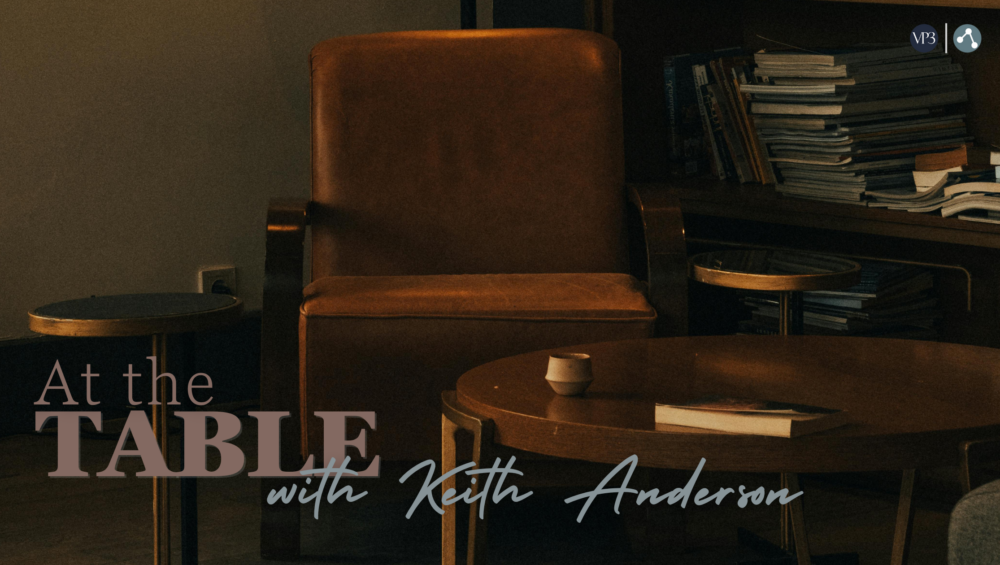Learning from Phil
Growing up, I didn’t know about Lent from my own experience; I only knew about it from my Catholic friend, Phil. For a while, we were inseparable, sharing employment with the Chicago Tribune by delivering newspapers in the early morning hours. We went to school together from Ben Franklin Elementary School, Glen Ellyn Junior High, to Glenbard West High School. Lent for Phil, as I recall, was about giving up something like Snicker bars, or Wrigley chewing gum. In time, I learned a deeper meaning.
Lent is the season of 40 days leading to our celebration of Easter, the resurrection of Jesus. The word simply means ”springtime,” but in liturgical circles, it is understood as a time of preparation—almost a desert experience like Jesus’ 40 days in the wilderness after his baptism.
“First popularized in the fourth century, Lent is traditionally associated with penitence, fasting, almsgiving, and prayer. It is a time for ‘giving things up’ balanced by ‘giving to those in need.’”[1] Some consider it a time of dread and darkness, but it is better understood as a time of prayerful self-reflection. It is “…a time to stop hanging on to whatever shreds of goodness we perceive in ourselves; a time to ask God to show us what we really look like.”[2]
An x-ray look
Edna Hong expands on that thought with what she calls “an x-ray look” within.
The X-ray look at others is called “naked truth,” “unvarnished truth.” In literature and art it is called realism. But to spot it in one’s self is not only difficult but painful, and no one wants to take the descending path to that naked, unvarnished truth, with all its unacceptable humiliations. It is much more comfortable to stay on the level of the plain and ordinary, to go on just being plain and ordinary. Yet it is to this path that Lent invites us.
The reason Lent is so long is that this path to the truth of oneself is long and snagged with thorns, and at the very end one stands alone before the broken boday crowned with thorns upon the cross. All alone – with not one illusion or self-delusion to prop one up. Yet not alone, for the Spirit of Holiness, who also the Spirit of Helpfulness, is beside you and me. Indeed, this Spirit has helped to maneuver you and me down that dark, steep path to this crucial spot. [3]
Lent was not within my experience as a young Baptist boy. We remembered Maundy Thursday, sort of skipped Good Friday and rejoiced when Easter Sunday morning arrived with trumpets, lilies, and joy.
To get to the dawn, however, we must make our way through the night; to get to the light, we must make our way through the darkness. Theologically, to get to life, we must join in the commemoration of Jesus’ death. Just as Jesus suffered betrayal, a mock trial, beatings, crucifixion, death, and burial to rise, always to rise in the light, so we must follow him in his time of suffering. Lent is that walk of 40 days leading us to Resurrection. It holds profound significance in the broad Christian tradition as a time for reflection, repentance, and spiritual renewal.
Light breaks through darkness

Have you ever noticed how the morning light breaks through the darkness with a quiet, steady glow? It does not rush or force its way. It simply comes through the darkness. So, too, God’s presence enters our lives when we make space for Him—not in hurried, frantic grasping but in patient, faithful waiting.
As we move into the next 40 days of Lent, we’ll walk with some of our best teachers and learn what they think about Lent. May we gain a richer understanding of this sacred period and its transformative potential.
Practice: Use this week of Lent to take an X-ray of your own personal spiritual journey with Jesus. Where has the light been breaking through the darkness in your life?
[1] “Introduction” in Bread and Wine: Readings for Lent and Easter (Plough, 2004), p. xvi
[2] Ibid, p. xvii
[3] Edna Hong, ”A Look Inside” in Bread and Wine, p. 20
Photo by Chait Goli: https://www.pexels.com/photo/tree-during-sunset-2093321/


2 Comments
This is a timely invitation. I was recently attending a VP3 gathering and I went for a stroll through the Art District near by. There was a beautiful sculpture that caught my eye of a body – cracked right through the middle with light shining through – and the owner of the gallery walked up to me and said “ we are all broken, that is how the light gets in,” by Hemingway. That offered some space to consider the relationship around brokenness and blessing; it offers us a real opportunity to explore the cross and its implications of love that understood our humanity beyond our comprehension!
There is the Leonard Cohen line from his song Anthem — “There is a crack, a crack in everything/That’s how the light gets in”… I too find myself revisiting brokenness and blessedness from the Gathering in light of Keith’s Lenten invitation here… as well as John’s prologue “The light shines in the darkness, and the darkness has not overcome it.” And so Lent begins…